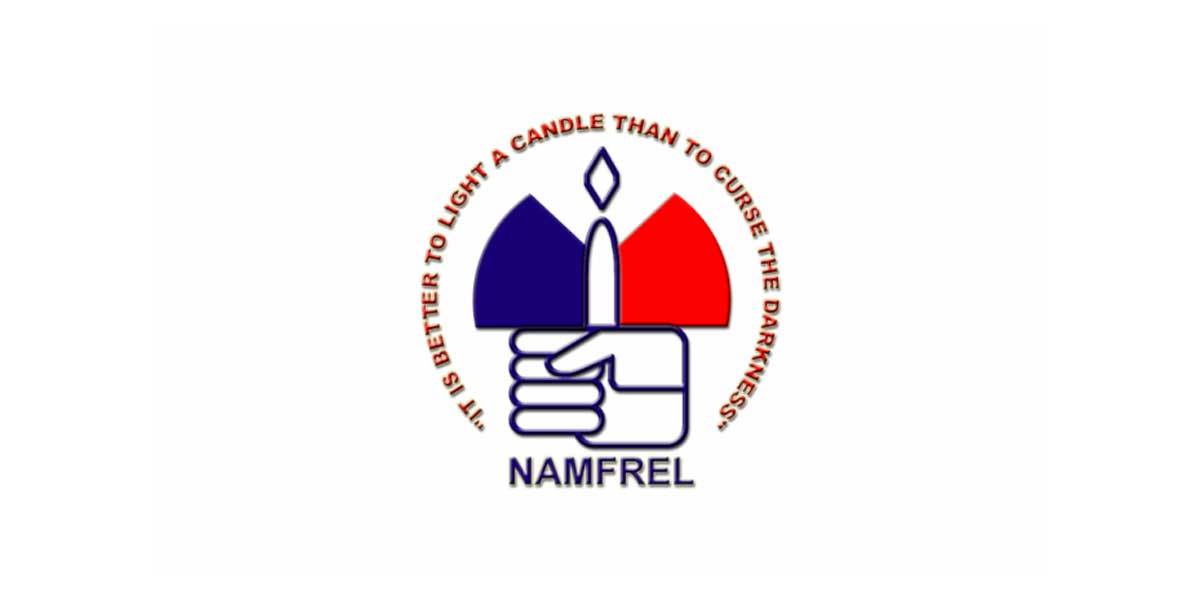
By Jennifer P. Rendon
Seventy families from Barangay Mansaya, Lapuz, Iloilo City returned home on Wednesday almost two weeks after an oil spill incident displaced them.
Gabino Ramon Mejia, head of plant operations of AC Energy Philippines, said they comprised the first batch of households who could go home following a risk assessment conducted by several stakeholders.
AC Energy Philippines owns Power Barge 102 stationed at Bo. Obrero, Lapuz which exploded on July 3, 2020 and caused an oil spill.
On Thursday, Mejia said he expected around 80 to 100 households from Bo. Obrero would be permitted to return home.
“It will be done in batches. There would be another batch on Friday. We hope to finish this by the end of this week,” he said.
On July 12, a multi-stakeholders task force composed of the various barangays in Iloilo City; the Iloilo City Government and its various offices; the Philippine Coast Guard; and AC Energy Philippines and its consultant AECOM Philippines and cleanup contractor Harbor Star Shipping Services Inc. met to conduct a “walk through” to assess the progress of the cleanup in affected barangays.
The task force developed a set of parameters for the reintegration of the community back to their homes.
It represented the initial step for families to safely return to their homes following the community clean-up activities done by the multi-agency team of stakeholders.
Thirty-seven of the 323 relocated households have been surveyed on the possibility that they could already return home.
AC Energy earlier relocated the families to three hotels in Iloilo City.
In ascertaining if the household would be allowed to return home, Mejia said they are using three risk-based criteria – hazard, exposure, and vulnerability.
For hazard, they are using two matrices – hydrogen sulfide and benzene levels from the spilled oil.
Hydrogen sulfide is the chemical compound with the formula H₂S. It is a colorless chalcogen hydride gas with the characteristic foul odor of rotten eggs. It is very poisonous, corrosive, and flammable.
Benzene is a chemical that is a colorless or light-yellow liquid at room temperature. It has a sweet odor and is highly flammable.
Mejia said that if the levels are less than 0.07 parts per million (PPM) of H₂S and 25 ppm of benzene, “pwede na silang umuwi.”
As to the exposure, Mejia said they weigh on the fact if the place is already clean.
“Mayroon pa bang oil sa tubig, sa mga daan, at bahay nila? Pag low or medyo konting medium, pwede na. Pero kapag medium to high, hindi pa talaga pwede,” Mejia said
He explained that the vulnerability is on the medium-term side of the criteria.
There are four aspects under vulnerability: the well-being, lost livelihood, health, and environment.
He cited as example the “health aspect” wherein those who will get sick as a result of the oil, even if it will happen six months to a year later, will be taken care of by the company.
“They would still be our responsibility if it turned out that they got sick because of the oil spill,” he said.
COASTAL CLEAN UP
AC Energy Philippines and AECOM Philippines presented their action plans in a meeting organized by the City Environment and Natural Office (CENRO).
The meeting was attended by various stakeholders such as the PENRO, EMB, the DENR regional office, the City Disaster Risk Reduction Management Office (CDRRMO), and other government agencies together with Dr. Rex Sadaba of U.P. Visayas.
AECOM Philippines also presented its spill assessment update and criteria called Shoreline Clean-up and Assessment Technique (SCAT).
The SCAT is an internationally recognized method used to survey and document the impact of spills on shorelines, and the effectiveness of cleanup activities and conduct post-cleanup inspections and evaluations.
Mejia said AC Energy Philippines is committed to making sure the cleanup efforts are not only compliant with international standards but also involves all stakeholders in a collaborative approach to the spill response.
“We are grateful to everyone for participating in this multi-stakeholder process and we look forward to your continued support for the cleanup, relief and rehabilitation efforts”, he said.
Mejia said that with strong collaboration among the various stakeholders, they would be able to achieve their common objective to restore normalcy in the lives of those affected.


















